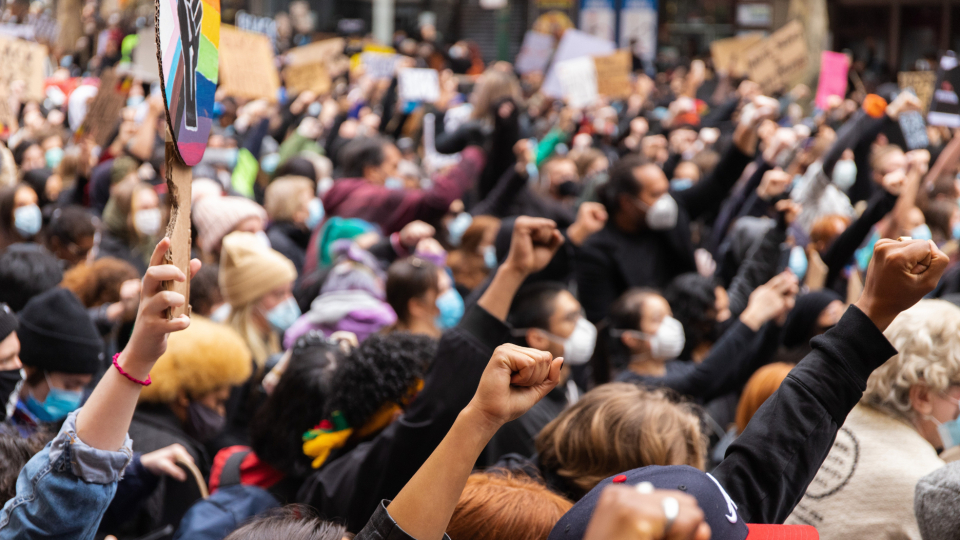On September 5, 2023, the NYPD agreed to a historic settlement—one of the largest total payouts to protesters in a class-action suit in the United States—for violating protestors’ civil and constitutional rights during the uprisings that rocked our nation in the summer of 2020. Two previous settlements in March and July of this year resulted in tens of millions of dollars in payouts to mistreated protesters, but this most current one reflects extensive policy changes to the NYPD’s crowd management practices. The NYPD will be adopting significant reforms, including the creation of an oversight committee, changes to disciplinary practices within the department, and a ban on kettling—the ominous practice of police surrounding protestors and leaving no path for escape before a mass arrest.
The terms of the settlement—which was brought forward by Attorney General Letitia James, the Legal Aid Society, and the New York Civil Liberties Union—reflects recommendations that we at the Center for Policing Equity (CPE) have been making about crowd management for years. Kettling, for example, should be strictly prohibited: it cuts demonstrators off from food and water, sometimes for hours at a time; exacerbates excessive use of force; and more often than not results in the arrest of nonviolent protesters. The settlement also aligns with several of our other recommendations on crowd management, including: permit the observation and recording of police activity by press, and arrest protestors only with individualized probable cause.
The settlement creates a rigorous four-level scheme of graduated response to demonstrations, aimed at protecting demonstrators’ First Amendment rights and avoiding the kinds of violence and mass arrests perpetrated by police in 2020. It limits NYPD’s ability to involve its riot police, the controversial Strategic Response Group (SRG), in response to nonviolent protests. We have long recommended the introduction of de-escalation tactics that reduce the likelihood that officers will resort to violence as well as better equipping them to respond to conflict and, ultimately, keep themselves safer as well. These settlement terms are a watershed moment for the largest police department in the country and we are optimistic that their impact will ripple out into greater cultural shifts in policing across the country.
We welcome these changes, but note that enforcing them may be a challenge. Many of the restrictions on use of force mentioned in the settlement were already on the NYPD books—they were “simply ignored” in the summer of 2020. However, we believe our optimism is warranted. The settlement requires the creation of both internal and external checks on the NYPD: a new, senior role within the department and an oversight committee—which will include representatives from the attorney general’s office, NYCLU, and the Legal Aid Society—to oversee protest response.
It’s worth remembering that the violence of the 2020 protests was overwhelmingly initiated by police. A scrupulous review of that summer’s uprisings found that 93 percent were entirely peaceful, and in the rest, violence was introduced or exacerbated by law enforcement. Regarding the NYPD specifically, the city’s Civilian Complaint Review Board found that over 146 members of service who responded to the protests broke department policy—with few, if any, held to account. It is against this backdrop that the terms of the settlement became necessary.
Molly Blinkin, deputy legal director for NYCLU and champion of this most recent settlement, has told reporters that: “[This settlement] shows [the NYPD’s] commitment to this process of embracing this new way of policing protests.” At CPE, we believe it to be a good start. We will continue to monitor the situation on the ground in New York, and to advocate for similar policy and culture shifts across the country through place-based data interventions, grassroots advocacy development, and coalition-building with elected leaders. When we use science to promote justice, communities across the country can achieve big wins like those in New York, creating a more equitable public safety system for all.

